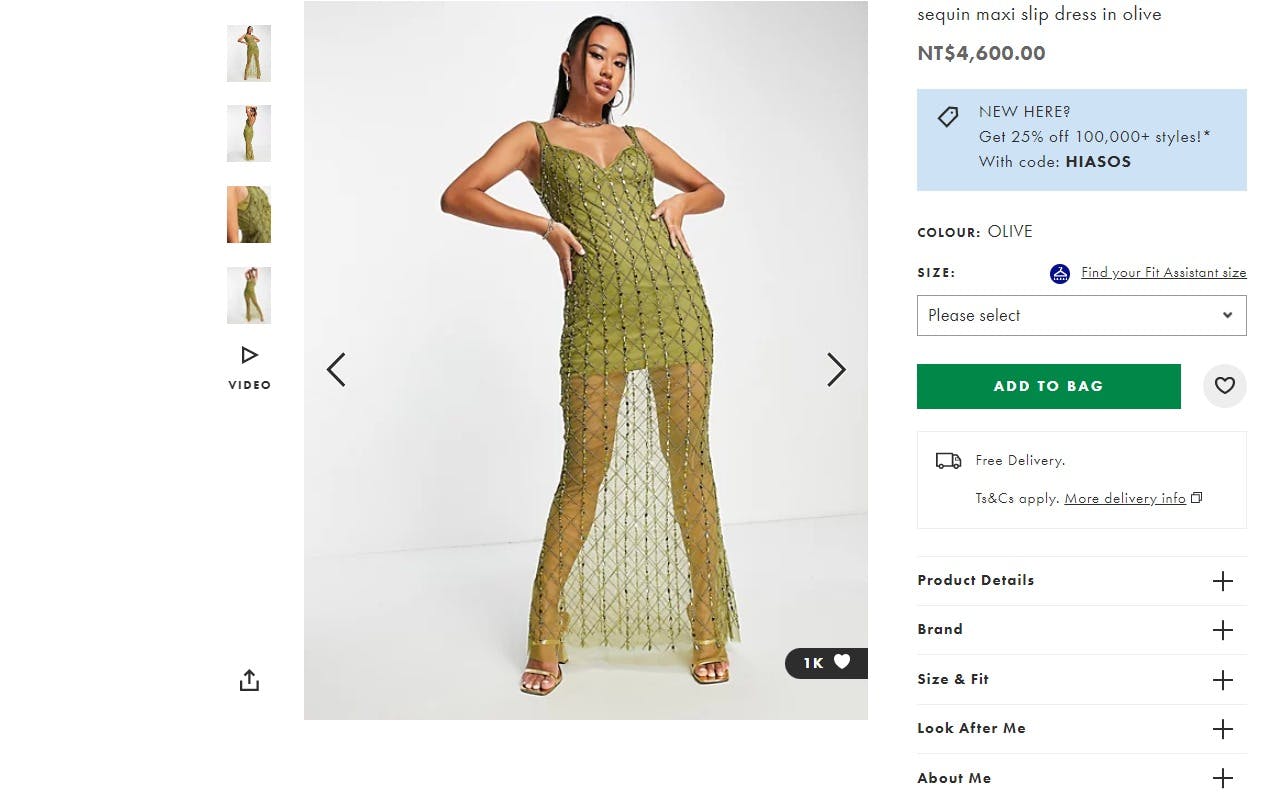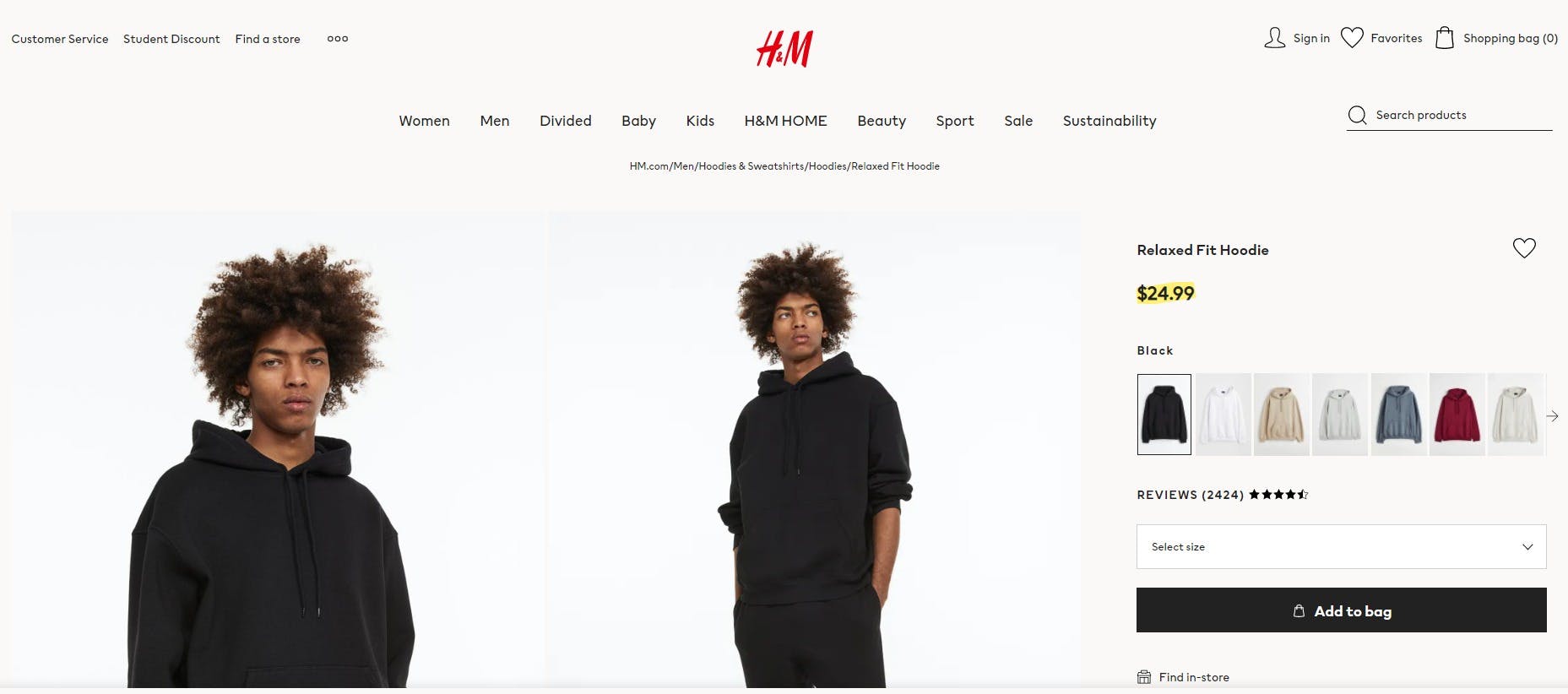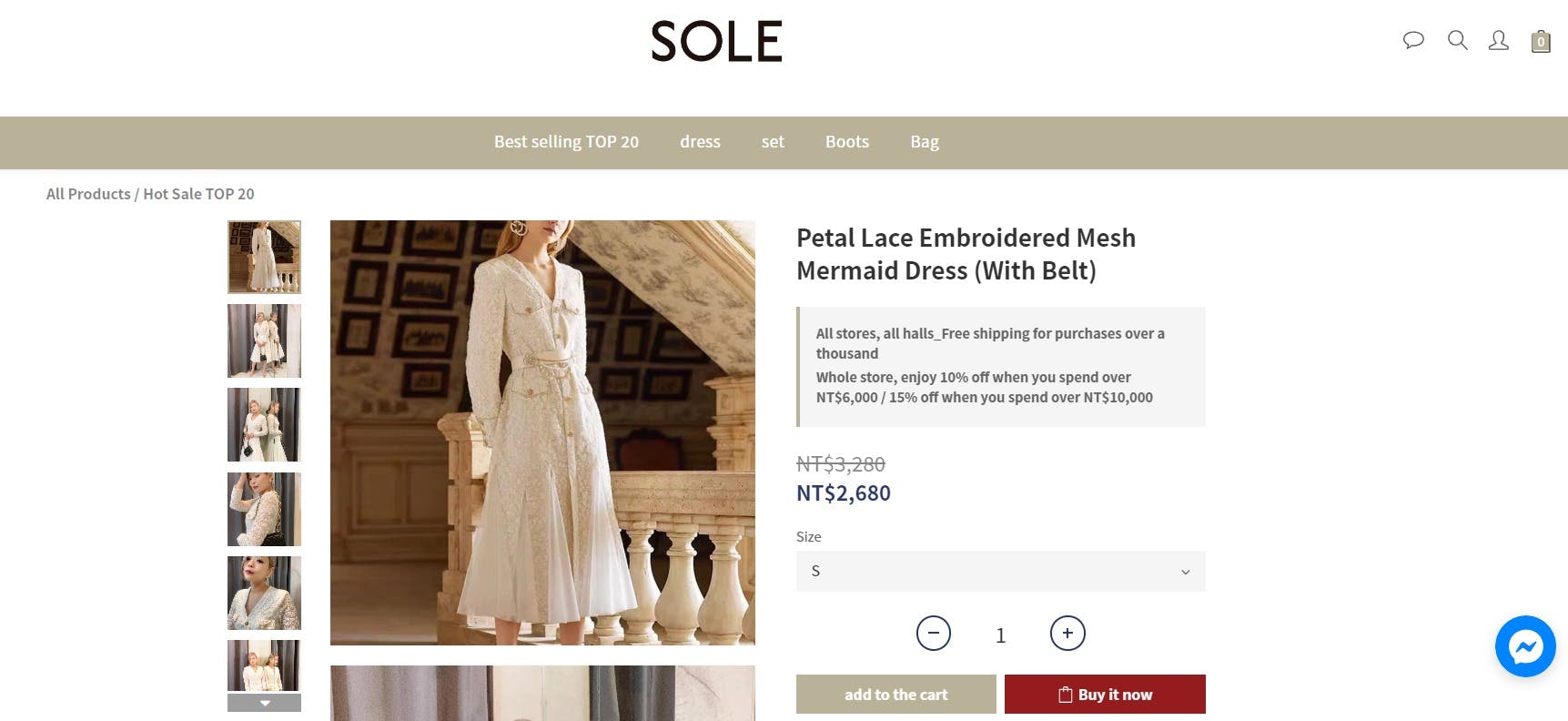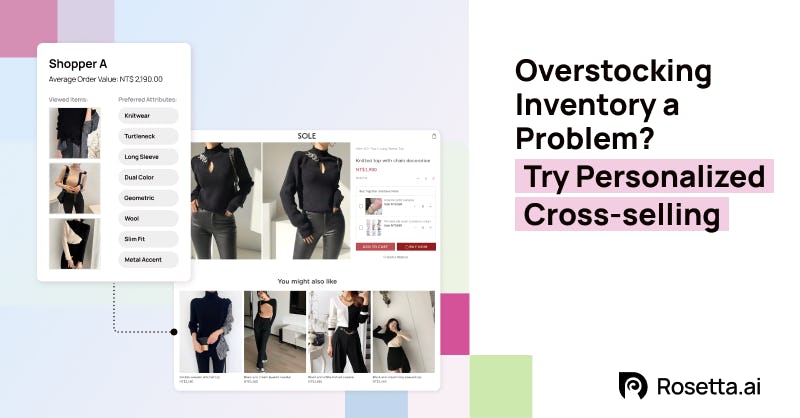Many brands and retailers must make the most of their overstock inventory. The market is constantly changing, making it difficult to accurately predict consumer demand and manage the supply chain.
To succeed in this uncertain environment, data and end-to-end visibility into inventory are essential. With better data in place, brands and retailers can make data-driven decisions, stay agile, stay in tune with customer needs and cross sell overstocked inventory as necessary in real time.
The world’s biggest ecommerce brands have been doing this for years already. Read on below about how it works and check out the personalized cross-selling tactics of five top brands: Amazon Fashion (products related to this item), ASOS (Buy The Look), H&M (Style with) and Nike (Complete the look).
What is overstock inventory?
Retailers typically base future inventory needs on past performance. However, recent drastic changes in buying habits have made predicting demand more challenging. The general uncertainty since 2020 has caused a disparity between the amount of inventory brands currently possess and what shoppers are ready to purchase.
Excess inventory can have serious repercussions - storage costs, tied-up cash, product obsolescence, reduced profit margins, and waste. In other words, surplus stock not only takes up resources but also decreases efficiency and profitability.
So how can you reduce overstock inventory and make the most of existing stock?
Accurate personalized cross-selling
Personalized cross-selling is a powerful strategy that ecommerce marketers can use to increase sales and clear out inventory. By analyzing customers' browsing and purchase history, marketers can identify items that complement the clothing items a customer is interested in and offer tailored recommendations.
This increases the chances of customers adding extra items to their cart, completing the purchase, and discovering items they may not have seen otherwise.
However, marketers must ensure that the cross-selling recommendations are accurate, relevant, and not pushy. Bombarding the customer with too many recommendations can lead to decision fatigue and reduce the likelihood of making a purchase.
The bottom line is that personalized cross-selling can be a useful tool for ecommerce marketers, but it should be used thoughtfully and strategically to be effective.

















